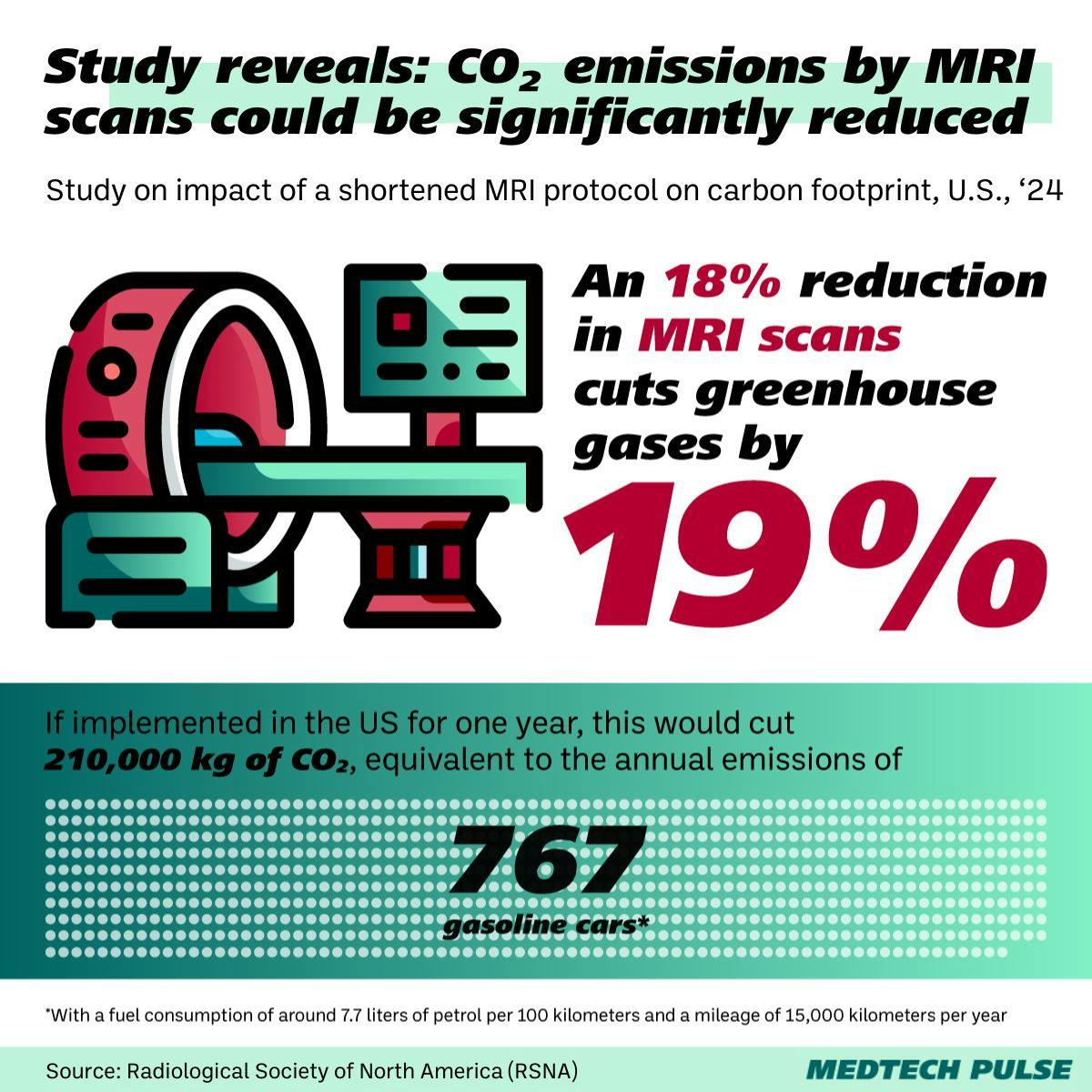The surprising environmental toll of medical imaging
How sustainable is your specialty?
A new radiology paper tackles a problem many readers may find surprising: how harmful medical imaging can be for the environment—and what the industry & radiologists can do about it.
The World Health Organization (WHO) has called climate change the biggest health threat facing humanity. That makes it every medical provider’s duty to help treat and prevent those health harms.
Work like this suggests practical, systemic ways to do so—while serving as a reminder that sometimes, medical technology can be a big contributor to environmental harms.
Radiology’s environmental impacts
You might be wondering: Why radiology?
As it turns out, this medical specialty has a particularly large carbon footprint. Estimates suggest that radiology alone accounts for one percent of global gas emissions—especially cardiac imaging.
Where do these emissions come from? Radiology’s environmental impact originates from its:
- Energy use to power and produce medical imaging equipment
- Waste disposal from diagnostic and interventional radiology procedures, including water contamination from contrast agents and medical waste
- Use of finite resources including helium and iodine
On the flip side, given radiology’s history of technological innovation, the authors posit that the specialty—and the humans behind it—may be the perfect leader in medical sustainability overhauls.
How to ‘green’ medical imaging
Review co-author Dr. Kate Hanneman emphasized that providers can make discernable differences here.
“All of us as health professionals can play a role in improving sustainability,” she said. “This ideally shouldn’t be done by one person or in isolation. We really want to engage people, and part of that is providing education on what the benefits are to making these changes, whether they’re big or small.”
Upstream sustainability interventions in radiology can include:
- Switching to renewable energy sources
- Refurbishing equipment instead of replacing it
- Creating workflows to power down equipment when it’s unused or turning off climate control in unoccupied rooms
- Opting for shorter scan durations
A study of the latter intervention in MRI protocols was associated with an 18 percent reduction in scan duration, a 19 percent reduction in energy use, and a 19 percent reduction in emissions.

“That’s a lot, and that’s just one protocol change for cardiac MR, so you could imagine if we made other changes at the same time, these savings and sustainability improvements would be additive,” Hanneman said.
The increased use of AI to make medical imaging more efficient will also likely play a big role in these interventions’ success. However, as indicated in another sustainability paper Hanneman worked on, AI can be a double-edged sword for radiology’s sustainability efforts given how much energy large models use to run.
Hannement and her team also emphasized that true sustainability in the profession looks like preparing for the downstream effects of climate change on patients and everyday work.
That can mean:
- Preparing for upticks in cardiovascular imaging after extreme temperature and poor air quality events, such as wildfires
- Anticipating and creating contingency plans for potential infrastructure damage from extreme weather events
- Improving education on how climate change worsens health disparities and adapting screening protocols to account for these factors
Of course, these initiatives will all require coordination across stakeholders—including providers, the industry, and policymakers. Radiologists can’t make these changes on their own.
Yet, overall, the review team emphasizes the radiologist’s role in leading by example across these upstream and downstream initiatives. Just as we have looked to this specialty for leadership in the implementation of medical AI, so too may we be looking to them for leadership in helping medicine be more ‘green’.